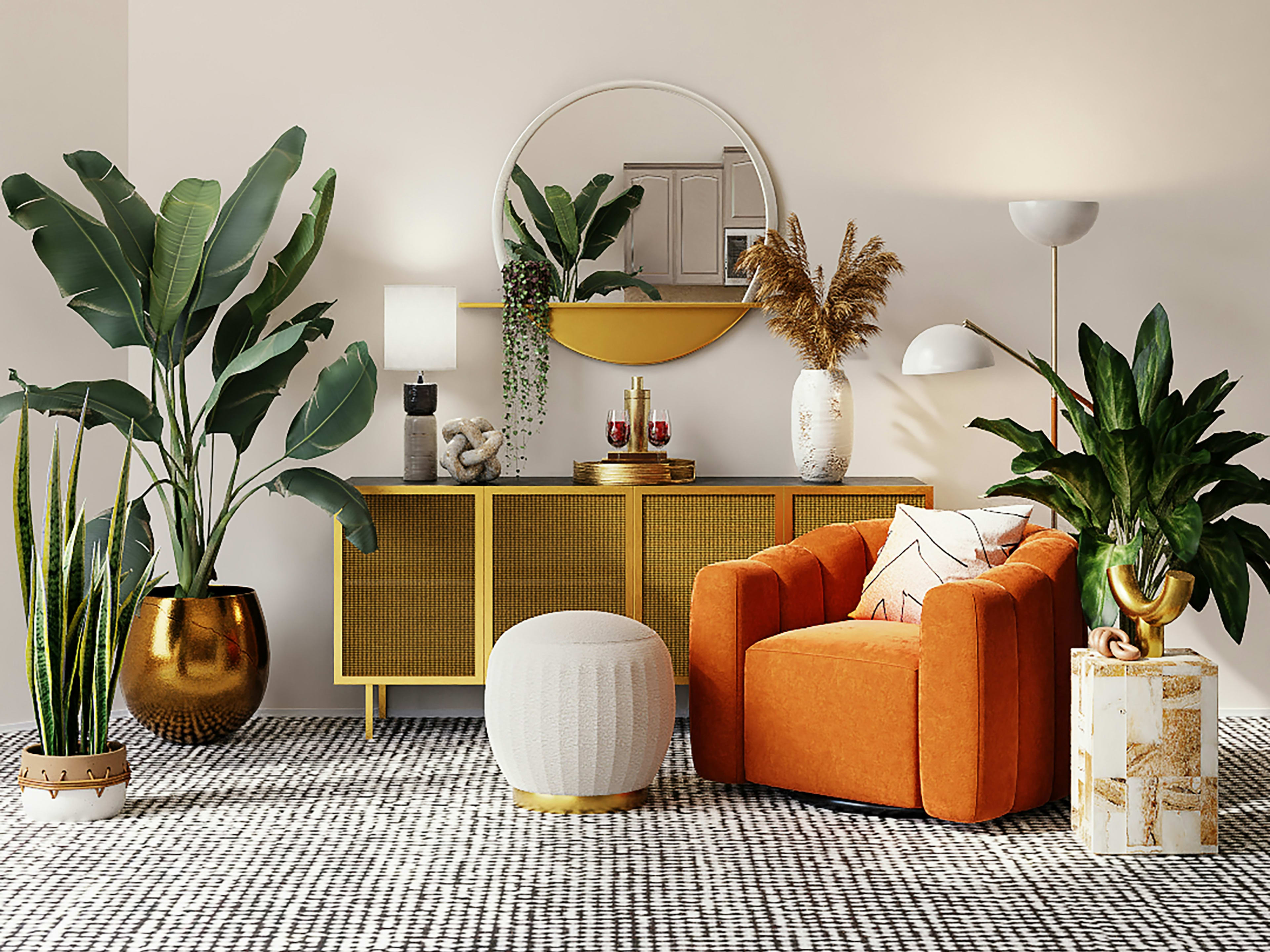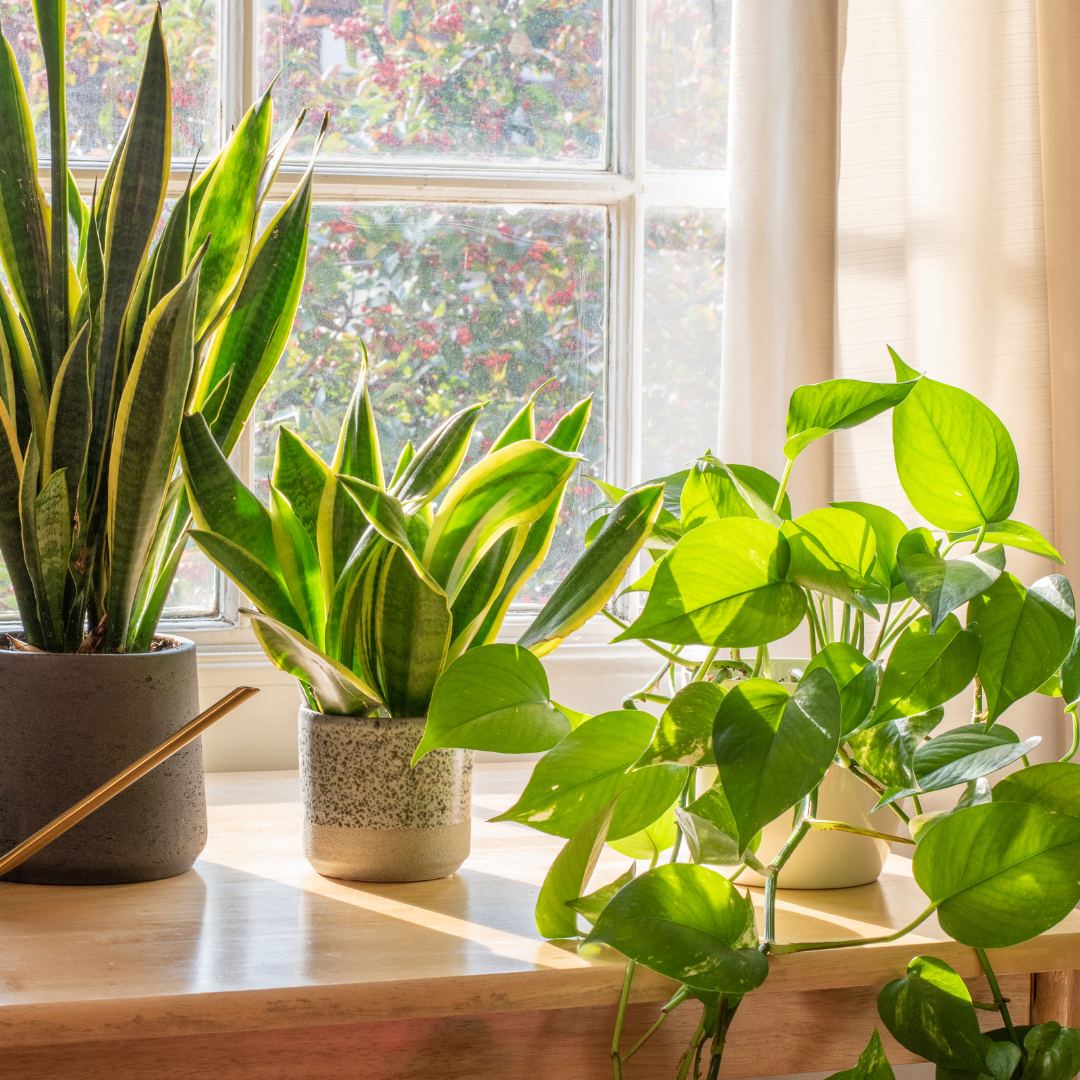Best Low-Light Indoor Plants That Thrive with Minimal Sunlight
Transform Your Home With Beautiful Low-Light Indoor Plants and Their Advantages
Integrating low-light indoor plants right into your home can substantially enhance both the ecological and visual quality of your space. These plants, which prosper in dim problems, serve not only as attractive aspects yet likewise as all-natural air purifiers, making them suitable for urban occupants or those with limited sunshine exposure. As we explore the numerous types of low-light plants and their benefits, you might discover unusual ways to integrate them right into your home that can change your environments in methods you might not have actually anticipated.
Advantages of Low-Light Plants
Low-light plants provide various benefits for interior settings, making them an excellent option for both beginner and seasoned garden enthusiasts. One of the primary benefits is their versatility to low-light conditions, enabling individuals to improve their living rooms without the demand for comprehensive sunlight exposure. This characteristic makes them suitable for apartments, offices, and other areas with restricted natural light.

Moreover, incorporating low-light plants into home design can raise the visual charm of an area. Their rich foliage and varied structures develop a relaxing atmosphere, contributing to general health. Finally, the existence of plant has actually been connected to decreased stress levels and improved performance, making low-light plants a sensible selection for boosting both mental and physical wellness in interior settings.
Leading Low-Light Indoor Plants
While several indoor plants grow in brilliant light, numerous types are particularly appropriate for low-light conditions, making them suitable for various interior spaces. One prominent choice is the Serpent Plant (Sansevieria), known for its striking upright fallen leaves and resilience, calling for very little treatment. Another superb choice is the Pothos (Epipremnum aureum), which includes heart-shaped leaves and can trail perfectly from shelves or wall mounts, flourishing in reduced light and including a rich touch.
The ZZ Plant (Zamioculcas zamiifolia) is commemorated for its shiny leaves and capability to withstand overlook, making it excellent for busy way of lives. In a similar way, the Peace Lily (Spathiphyllum) not only endures reduced light yet also creates stunning white flowers, improving any kind of room's aesthetic.
For a distinct touch, think about the Cast Iron Plant (Aspidistra elatior), which without a doubt lives up to its name, flourishing in the darkest corners of your home. The Chinese Evergreen (Aglaonema) uses a variety of leaf patterns and colors while being incredibly flexible in low-light conditions. These plants not only beautify indoor environments however additionally add to air filtration, boosting your living room.
Treatment Tips for Low-Light Plants

Watering methods are critical; these plants often choose somewhat completely dry problems. Overwatering can bring about root rot, so ensure that the top inch of soil is dry before sprinkling once again. Usage pots with water drainage openings to permit excess dampness to escape.
Humidity is another essential element. Lots of low-light plants, such as brushes and tranquility lilies, advantage from check over here greater humidity degrees. To increase moisture, take into consideration misting the fallen leaves or positioning a tray of water near the plants.
Fertilizing needs to be come close to with care. During the growing season, use a watered down, balanced liquid fertilizer every month to sustain development, yet stay clear of feeding throughout the inactive cold weather.

Creative Ways to Show Plants
Interior plants can work as fascinating centerpieces in any space, boosting both aesthetic allure and ambiance. Innovative displays can raise the visual effect of low-light plants, making them an important component of your home decoration. One effective technique is to make use of tiered plant stands, which permit you to display numerous plants at varying elevations while taking full advantage of flooring room.
Hanging planters are another innovative choice, developing a feeling of deepness and attracting the eye upward. Consider macramé hangers or wall-mounted shelves to introduce an one-of-a-kind appearance and design.
For a more organized approach, usage geometric terrariums or glass containers to house your plants, including a modern-day touch to your interior yard. You can likewise repurpose vintage products, such as teacups or wooden cages, for an eclectic display that reflects your individuality.
Enhancing Home Setting With Plants
Incorporating low-light plants right into your home not only enhances visual allure but additionally adds significantly to the overall ambiance. These plants serve as natural decor elements, introducing a feeling of tranquility that can transform any kind of area. The visibility of greenery fosters a calming atmosphere, which is specifically useful in high-stress atmospheres such as office or living spaces.
Low-light plants, such as serpent plants, pothos, and ZZ plants, are not just cosmetically pleasing but also boost indoor air quality by filtering system toxins. This twin feature improves the atmosphere even more, producing a healthier living space (Best low-light indoor plants). check my site The tactical placement of these plants can also influence the assumption of space; as an example, high plants can attract the eye upwards, making ceilings show up higher and rooms more sizable
In addition, varying structures and shades of foliage include depth to indoor design, permitting creative expression in home designing. Whether placed on racks, in corners, or as centerpieces, low-light plants can boost the mood of any kind of space. In recap, incorporating these plants into your home is a reliable way to cultivate a cozy, inviting ambience while profiting of boosted air quality and visual versatility.
Final Thought
Integrating low-light indoor plants into home atmospheres uses countless advantages, consisting of boosted visual allure and boosted air top quality. These resistant plants, such as the Serpent Plant and Tranquility Lily, call for marginal light and upkeep, making them ideal for varied way of lives.
While lots of interior plants prosper in brilliant light, a number of types are especially well-suited for low-light conditions, my review here making them optimal for different indoor spaces. One effective approach is to make use of tiered plant stands, which permit you to display several plants at varying heights while making best use of flooring area.
Low-light plants, such as snake plants, pothos, and ZZ plants, are not only aesthetically pleasing yet additionally boost interior air high quality by filtering contaminants. Best low-light indoor plants. The tactical placement of these plants can also affect the assumption of room; for circumstances, high plants can attract the eye up, making ceilings show up higher and rooms more spacious
These durable plants, such as the Snake Plant and Peace Lily, require minimal light and maintenance, making them suitable for varied lifestyles.